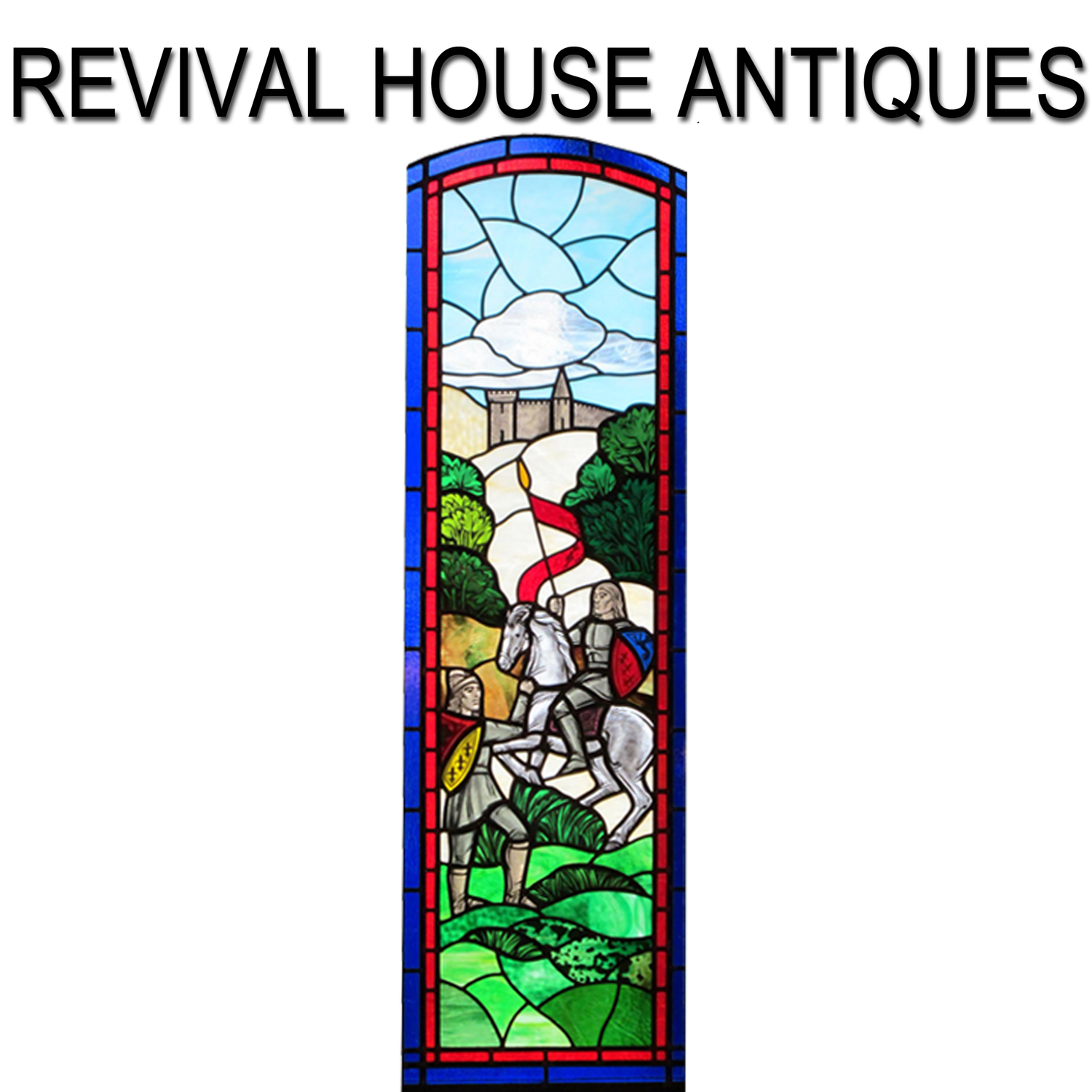This English tankard was recently acquired, and as with most unique items that attract my attention, I enjoy researching the item. The research started with the artist signature on the tankard and the marks on the bottom, “Wedgwood” and the date code “HBO.” The tankard has a capacity of 1L and a unique handle design, unlike what one might find by German manufacturers. It has a unique silver-plated lid. Re- searching the date code letters online, it was found that the letters HBO were first used in the year 1860, when Wedgwood began adding date codes to their wares. There was a series of code letters, each denoting a particular year, but in 1883, the codes began to repeat, so that HBO was used for both 1860 and for 1883. Initially I was unsure if the tankard was made in 1860 or 1883 due to this dichotomy, but further information came from the artist, Emile Lessore, who lived from 1805- 1876. This would seem to point to a date of 1860 as the artist would not have been alive in 1883 to create the piece.
Further research was done, and I was able to find a book published by The Buten Museum of Wedgwood, 1979 entitled Monographs in Wedgwood Studies Numbers 3 & 4. The number 3 monograph is entitled Emile Lessore 1805-1876: His Life and Work by David Buten and Patricia Pelach.
The book tells all about the artist and includes a photograph of this tankard on page 24 of the book. The tankard is described as “Tankard with pastoral decoration and bands of orange yellow and blue. 1860. Height 8 1/2” (21.6cm) diameter 4 1⁄2” (10.8cm). Impressed Wedgwood. V. HBO. Signed E. Lessore near end of handle. The Schaefer Collection.” This information further places the tankard from the year 1860.
Emile Lessore was a French artist and according to a short biography from AskArt.com, he was a painter on pottery and porcelain, he studied in the studio of Ingres, exhibiting regularly at the Paris Salon. He worked at the Sèvres factory, then moved to England, where he was first employed at Minton. In 1860, he moved to Wedg- wood, Etruria, where he gained a great reputation. At the 1862 International exhibition, Lessore became the first Wedgwood artist since the celebrated John Flaxman Jr. to receive individual acclaim for his designs. As Lessore moved to Wedgwood and began his employment designing and creating works in 1860, this is likely one of his first pieces. The AskArt database has numerous auction records of his works of oil on canvas, watercolor on paper and on creamware porcelain, with a record high result of $5,690 in 2012 for one of his watercolor paintings.
Also, of interest is the method of painting. At first, I wondered if this was en- tirely hand-painted or a transfer of some kind. The Wedgwood book provided some additional insight on the method of decoration. The excerpt below from the published book, and this from Memorandums in Potting, in which Clement Wedgwood described how the pieces were produced:
Mr. Lessore’s painting is of a higher art. He chooses CC (cream color) ware and has it dip’t in Rockingham glaze
without stain so that it is very soft and of a very warm tint. In all small subjects such as trays, small vases, etc. the outline is printed for him in chocolate from drawings etched by himself on copper plates. These subjects are generally small Watteau scenes in pastoral landscape, or cupids or little German figures.
The ornamentation of the piece is done at the same time as the printing. It generally consists in colouring the handles and feet and a few lines round the mouth. Celeste green and orange yellow being the colours most used. They are then fired in the Enamel Kiln.
After the first fire Mr. Lessore takes them in hand and puts the colouring into the picture, when they are again fired and if not finished enough are again touched up and fired.
In the case of larger pieces the subjects are first taken from the original on tissue paper, and then traced off on the vase with racing paper., then drawn in pensil [sic] and finally the chocolate outline painted on, when they are fired like the rest. The colouring is then put on in one or more fires.
This small book goes on to describe the relationship between Lessore and the Wedgwood family including excerpts from personal letters between the artist and his employers and pro- vides a number of photos of other works by the artist. Of all the works shown, this appears to be the only beer stein or tankard produced for Wedgwood by the artist; quite a unique piece, and in excellent condition for 160 years old.
This tankard is available for sale on our website www.revivalhouseantiques.com
